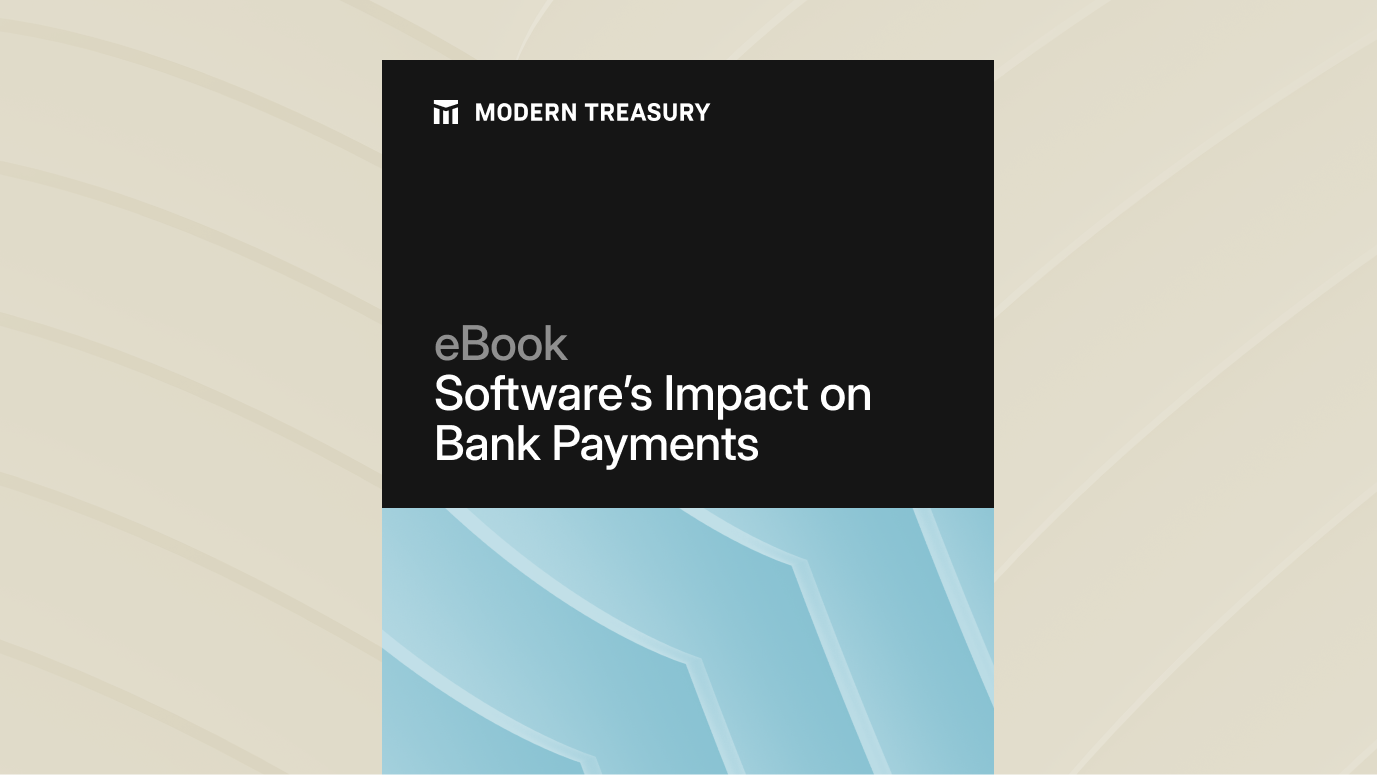Join us at Transfer 2025 to hear how industry leaders are building payments infrastructure for a real-time world.Register Today →
How Embedded Payments Can Generate Revenue
In this journal, we discuss float and several of the ways it can be used to help generate extra interest revenue for businesses.

In business terms, float refers to the time delay between the movement of funds from one account to another. Float regularly occurs during the processing time for checks: when a person writes a check those funds exist as float in their account, because the funds technically belong to the recipient, but the check has not yet been cashed.
However, float can also occur when businesses move money on behalf of their customers, in the period of time where the funds are held in the business’ accounts before being transferred to their end destination. It is important to note here, however, that those customer funds are generally not commingled with the business’ funds themselves—rather they are held in separate accounts, specific to customer funds.
While it may not be a well-known revenue generator, utilizing float as a source of revenue via smart and secure investments is possible for many businesses. Here, we’ll take a closer look at some of the ways that float can be capitalized on as an additional revenue stream.
How Float Can Be Used To Generate Revenue
The Airbnb Example
One way to take advantage of float is through the use of embedded payments. Let’s look at Airbnb as an example. Over 4 million hosts in 220 countries can depend on Airbnb for their listing and payment infrastructure, easily listing their homes and rooms for rent. Previously, those looking to rent out their spare spaces would be responsible for their own listings and payment collection—a decidedly more labor-intensive setup than using the infrastructure embedded in Airbnb.
Airbnb’s operational payments allow them to conduct business critical activities such as payroll, technology costs, advertising, call center and support operations, etc. We can see these first-party payments listed within Airbnb’s latest 10-K.

In addition, Airbnb embeds payments within their product to allow travelers to book lodging directly within their application versus having to go to an external bank portal or payment system. When guests confirm their reservations on Airbnb, they pre-pay for a portion of their stay. Airbnb collects that pre-payment and holds those balances on behalf of the hosts until the guest checks-in, which can be weeks or even months later. On the day of check-in, Airbnb initiates the payout to the host and recognizes their portion of the revenue.
As a result of these operations, Airbnb holds a significant amount of user capital on their platform at any given time. However, because this capital is owned by users—not Airbnb—they record and handle these payments differently than their own working capital. For example, Airbnb records user capital on their balance sheet as “funds receivable and amounts held on behalf of customers.” They have an equal and offsetting entry, “funds payable and amounts payable to customers,” to signify that this capital is earmarked for their hosts.

By taking advantage of their financial float—in this case, the difference between when renters pay-in and Airbnb pays-out hosts—Airbnb is able to invest user balances in treasuries and other safe securities. This strategy is similar to how banks can invest or lend out the funds that they hold on behalf of their customers.
Airbnb capitalizes on the time they spend holding those funds to generate extra revenue from the interest and returns earned on those investments. Between their own cash and their users’ cash (invested in only the safest assets), Airbnb earned $27 million dollars in interest in 2020.
Investing in treasuries, safe securities, short-term bonds, or other secure options is a good strategy for earning additional revenue on float that your business holds.
The Starbucks Example
Perhaps the best example of the value of float via embedded payments is Starbucks. As financial writer J.P Koning writes, "Starbucks has around $1.6 billion in stored value card liabilities outstanding. This represents the sum of all physical gift cards held in customer's wallets as well as the digital value of electronic balances held in the Starbucks Mobile App.* It amounts to ~6% of all of the company's liabilities."
As Koning notes, the $1.6 billion acts as an interest-free loan to Starbucks. And unlike Airbnb, who has to keep third-party money in safe assets (e.g., treasury bills, depository accounts) to pay out to hosts, Starbucks does not have the same restrictions as the stored balance can only be spent at Starbucks. As a result, Starbucks can invest that money in growing their business.
Next Steps
It’s important to ensure that you are only investing funds that belong to your company and that you aren’t investing customer money that you don’t have express permission to move on their behalf. If you’re ready to maximize the use of float or are looking for other ways to make the most of embedded finance or payment operations for your business, reach out to us here.
Try Modern Treasury
See how smooth payment operations can be.







